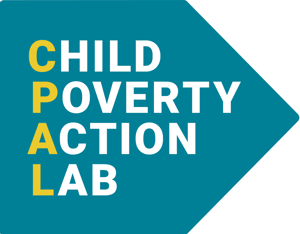
Find the audiences who matter, and know how to reach them.





Move beyond demographics to target who’s truly persuadable
Demographics tell you who people are. Mindsets tell you how they think. We help you map the values and beliefs that define your issue, so you can focus your energy where persuasion and mobilization are possible (and avoid wasting resources where resistance is entrenched).
The Gradient difference
- Clarify values and belief dimensions
We start by identifying the core values, belief systems, and identity factors that drive engagement on your issue, giving you a deeper lens on persuasion potential than standard demographics ever could. - Design targeted research
We build surveys rooted in behavioral and political psychology to capture how people perceive your issue, frame their opinions, and emotionally orient toward change or resistance. - Analyze & interpret
Our team of data scientists and PhD researchers don’t just deliver segments, we interpret what defines them. Our team maps the tensions, motivators, and vulnerabilities across groups, so you know who to persuade, who to mobilize, and who to deprioritize. - Activate insights
You walk away with practical segmentation frameworks that guide message targeting, field organizing, ad buys, and strategic coalition-building; all backed by real audience data.

Survey methodologies that drive results
We use a statistical technique that segments audiences based on shared mindsets and motivations, rather than just surface traits. This approach is ideal for handling complex, multi-dimensional issues, making it ideal for clustering audiences based on nuanced beliefs, values, and emotional drivers. With this method, you can:
- Group like-minded respondents into clear, distinct mindset segments based on how they think and feel (not just their Census characteristics).
- Outperform traditional clustering methods by avoiding common pitfalls like overfitting or random noise in high-dimensional spaces.
- Create a lightweight “typing tool” that can assign new respondents to segments using a much smaller set of survey questions; this is ideal for use across future research or campaigns.
We use paired, alternative statements to reveal how people see your issue across several dimensions. Unlike standard agree/disagree questions, semantic differentials force tradeoffs, helping overcome well-known survey pitfalls like always picking the middle options or saying “yes” to everything. In all, the method:
- Surfaces clearer, more decisive opinions than typical survey scales.
- Clusters respondents by underlying values, not just stated preferences.
- Helps define the key tensions that shape how audiences engage with your issue.
We can match the mindsets we uncover to voter files or other outreach databases (like donor CRMs), enabling more strategic targeting. This helps your organization deliver the right messages and outreach to the right mindsets. Having a mindsets column readily available:
- Enhances outreach efforts with values-based targeting.
- Works across political files or custom contact lists.
- Helps prioritize outreach to the audiences most likely to engage.
Success stories at a glance













